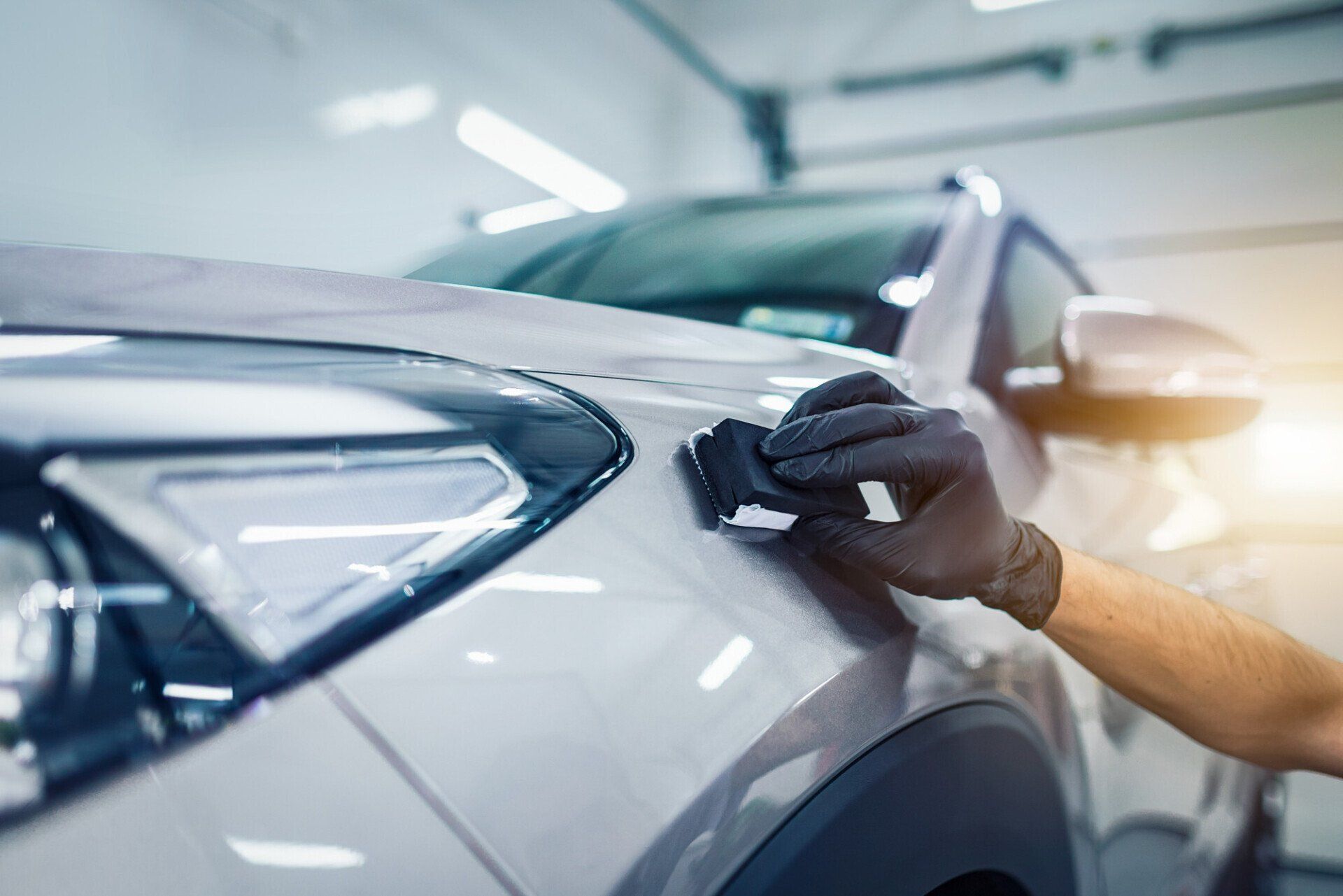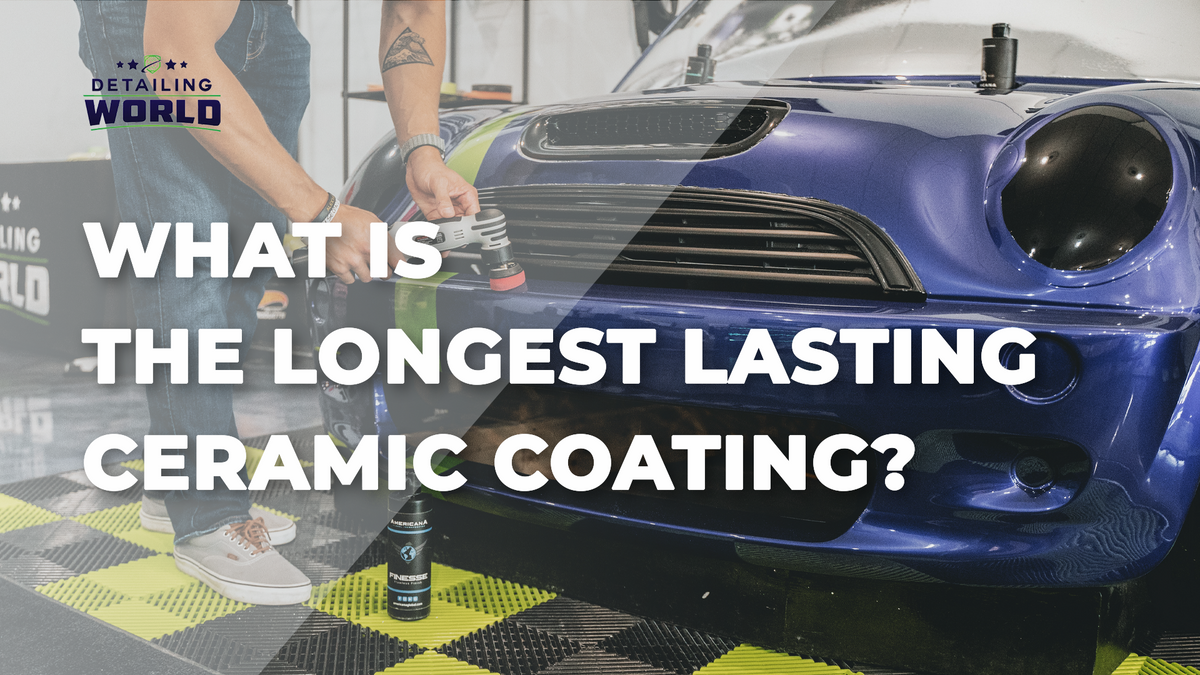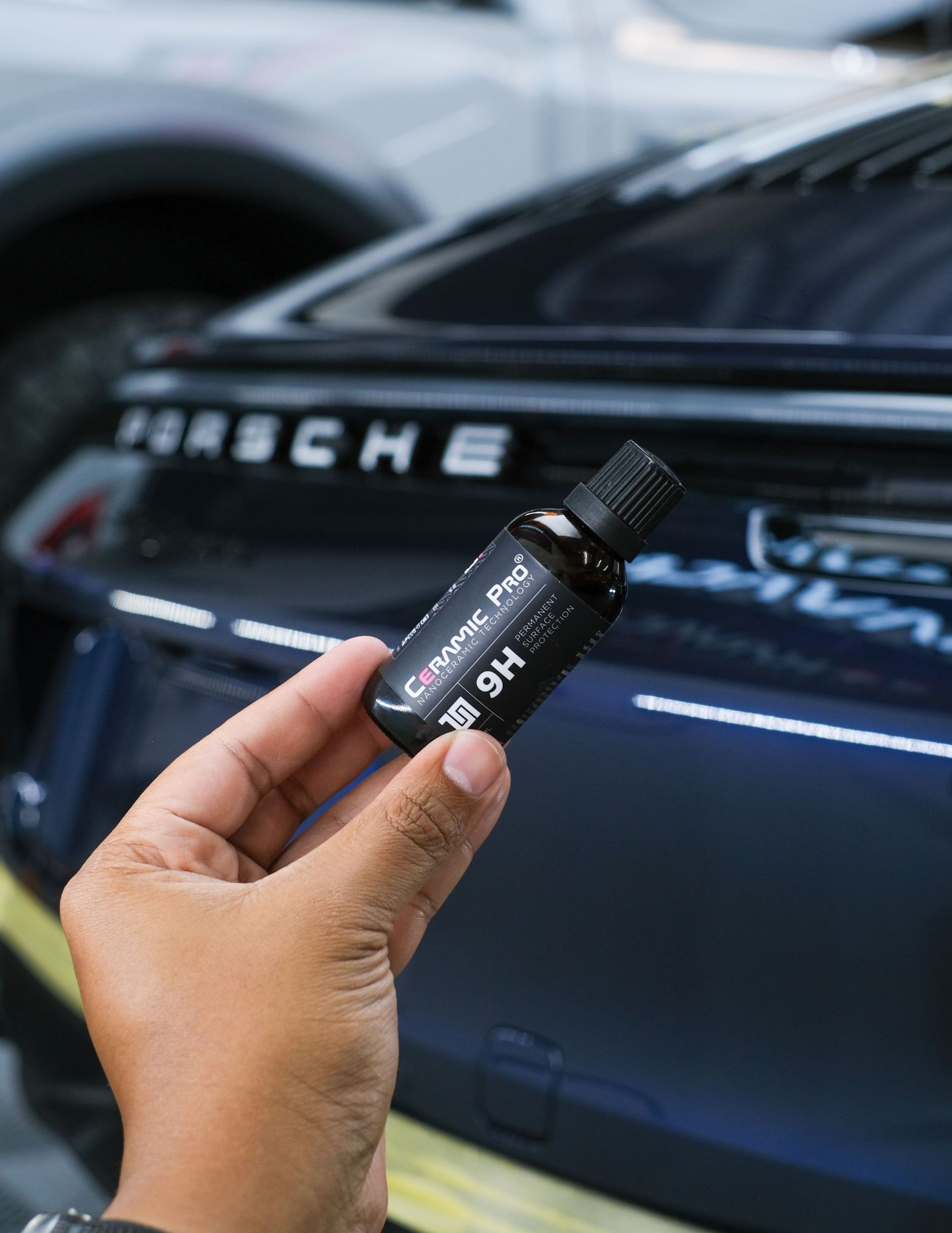Protect Your Car from the Elements with Ceramic Coating Technology
Protect Your Car from the Elements with Ceramic Coating Technology
Blog Article
Ceramic Coating vs. Typical Wax: Which Offers Better Long-Term Defense?
The argument between ceramic layers and traditional wax for automobile defense has actually amassed considerable focus amongst automotive enthusiasts and specialists alike. While both serve the objective of safeguarding paint, their distinctions in longevity, application, and long-term upkeep expenses might affect a customer's option. Ceramic finishings boast remarkable long life and resistance to ecological variables, yet the intricacy of their application elevates concerns concerning accessibility and usefulness. As we discover these contrasting choices, it comes to be crucial to take into consideration not just the prompt advantages yet likewise the implications for car treatment in time.
Introduction of Ceramic Finish
Ceramic finishing has actually gotten considerable appeal among automobile lovers and detailers alike as a result of its advanced protective top qualities. This cutting-edge innovation is designed to develop a sturdy, hydrophobic shield over a vehicle's paint surface area, dramatically boosting its resistance to environmental impurities such as dirt, UV rays, and chemical discolorations. Unlike standard wax, which gives a short-term layer of defense, ceramic finishings bond at a molecular degree with the paint, offering lasting durability-- commonly extending past 2 years with proper maintenance.
The application process entails careful prep work of the vehicle's surface area, including cleaning and polishing to make sure ideal adhesion. Once applied, the finish remedies to create a robust layer that not only adds deepness and gloss to the paint but likewise streamlines upkeep. With its hydrophobic buildings, ceramic covering enables water and dirt to move off more quickly, minimizing the regularity of cleans and minimizing the danger of swirl marks.
Additionally, ceramic layers are readily available in different solutions, allowing customers to select items tailored to their particular needs and preferences. Overall, ceramic covering stands for a significant improvement in paint defense modern technology, providing superior performance contrasted to standard choices.
Review of Standard Wax
Generally considered a staple in auto care, wax acts as a preferred option for those looking for an uncomplicated method to enhance and shield their automobile's paint - ceramic coating. Automotive wax generally comprises natural ingredients, such as carnauba, or synthetic compounds, designed to develop a protective layer on the surface of the paint. This layer not only enhances the automobile's gloss and radiate but likewise supplies a barrier versus environmental impurities
The application of wax is generally straightforward, making it obtainable for both experts and DIY lovers. It can be applied by hand or equipment, permitting convenience in the describing process. Once used, wax needs a treating period, after which it hardens to develop a protective shell. Wax is likewise known for its capacity to ward off water, promoting a beading effect that aids in the prevention of water places and rust.
Nevertheless, while wax works for improving the visual appeal of an automobile, it is very important to keep in mind that the defense it offers might demand a lot more frequent reapplication compared to alternate items, such as ceramic finishes. Overall, conventional wax continues to be a preferred choice for those focusing on convenience of use and immediate visual enhancement.
Longevity and Longevity Comparison
While both ceramic layers and typical wax deal safety benefits for vehicle paint, their durability and longevity differ significantly. Conventional wax, usually made from all-natural carnauba or artificial polymers, typically offers a protective layer that lasts about 3 to 6 months. This reasonably short life expectancy requires routine reapplication to keep optimal security.
On the other hand, ceramic finishes are crafted from innovative nanotechnology, forming a covalent bond with the paint surface area. This causes a durable, hydrophobic layer that can endure for 2 to 5 years, depending on the item and environmental conditions. The remarkable durability of ceramic finishings is associated to their chemical structure, which provides enhanced resistance to scrapes, UV rays, and oxidation.

Security Versus Ecological Factors
Securing a vehicle's paint from ecological variables is critical for maintaining its appearance and worth in time. Autos are continuously subjected to a variety of components, including UV rays, bird droppings, tree sap, acid rainfall, and road crud, all of which can compromise the stability of the paintwork.
Ceramic finishes supply a durable defense against these environmental assailants. Unlike typical wax, which can deteriorate swiftly under UV direct exposure, ceramic coverings form a sturdy, hydrophobic layer that withstands the harmful impacts of sunshine and environmental pollutants. This sophisticated modern technology creates a chemical bond with this page the car's surface area, providing remarkable discover this protection that lasts for several years, also in harsh conditions.
In comparison, ceramic finishes keep their safety high qualities longer, dramatically reducing the risk of paint damage and making certain that the automobile maintains its aesthetic appeal. As an outcome, ceramic finishes are progressively acknowledged as the exceptional choice for lasting security against ecological variables.
Application and Upkeep Distinctions
The approaches of application and subsequent maintenance for ceramic finishings and standard wax vary substantially, impacting the general individual experience and efficiency of each item. Ceramic coverings call for a more intricate application procedure, generally entailing surface preparation that consists of cleaning, decontaminating, and polishing the lorry. Once the surface area prepares, the ceramic coating is applied in a controlled atmosphere, commonly needing specialist knowledge to make sure appropriate healing and bonding to the paint.

While both items boost lorry look, the longer-lasting defense provided by ceramic layers may justify their initial investment, regardless of the even more requiring application procedure. Alternatively, conventional wax continues to be a preferred selection for those looking for a less complex, albeit temporary, option.

Conclusion
To conclude, ceramic finishings show considerable advantages over traditional wax in regards to longevity and environmental management. With a lifespan extending 2 to 5 years and premium here resistance to UV rays, dirt, and chemical stains, ceramic coatings use a much more efficient service for long-lasting car maintenance. The application procedure may require specialist proficiency, the resulting cost financial savings and lowered frequency of reapplication underscore the worth of ceramic finishings for those seeking optimum automobile protection.
The discussion between ceramic coatings and standard wax for car protection has actually garnered substantial focus among automotive fanatics and professionals alike. Unlike typical wax, which supplies a short-term layer of defense, ceramic finishings bond at a molecular level with the paint, supplying lasting resilience-- usually extending beyond 2 years with proper upkeep.
While both ceramic coatings and standard wax offer protective benefits for auto paint, their resilience and durability vary dramatically. For car fanatics seeking long-term protection, ceramic layers offer a compelling benefit over traditional wax items.
In verdict, ceramic coverings show substantial benefits over conventional wax in terms of durability and environmental security.
Report this page